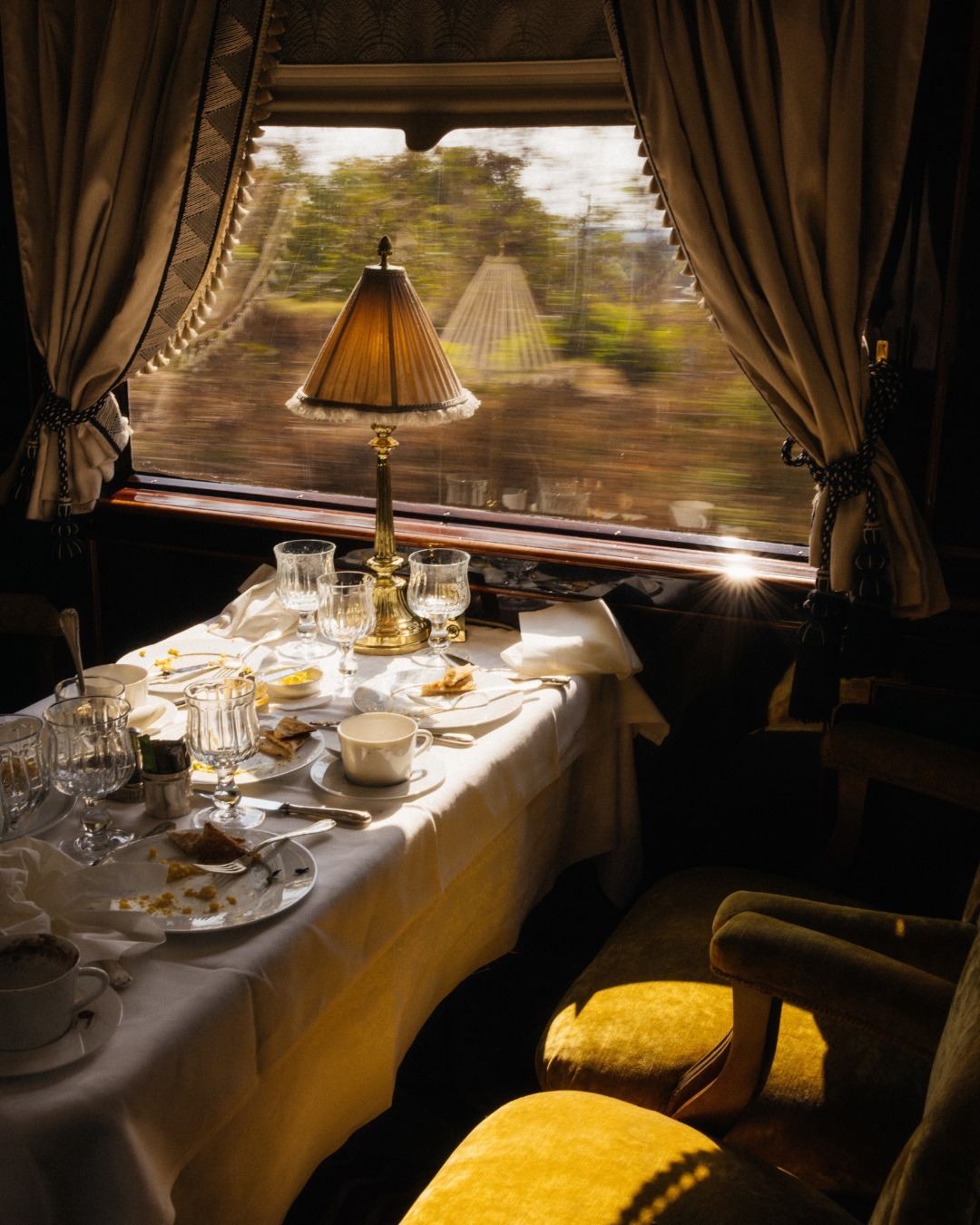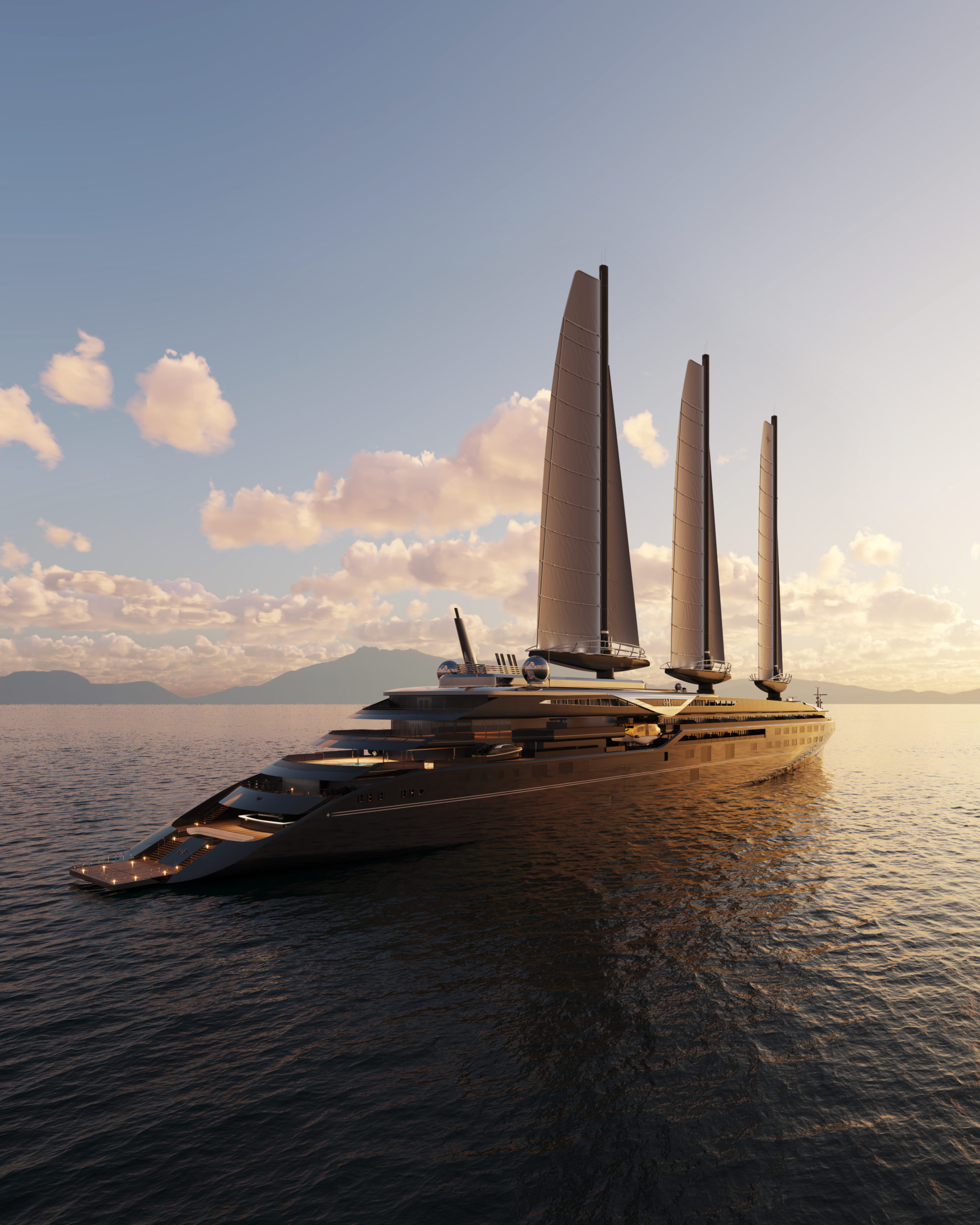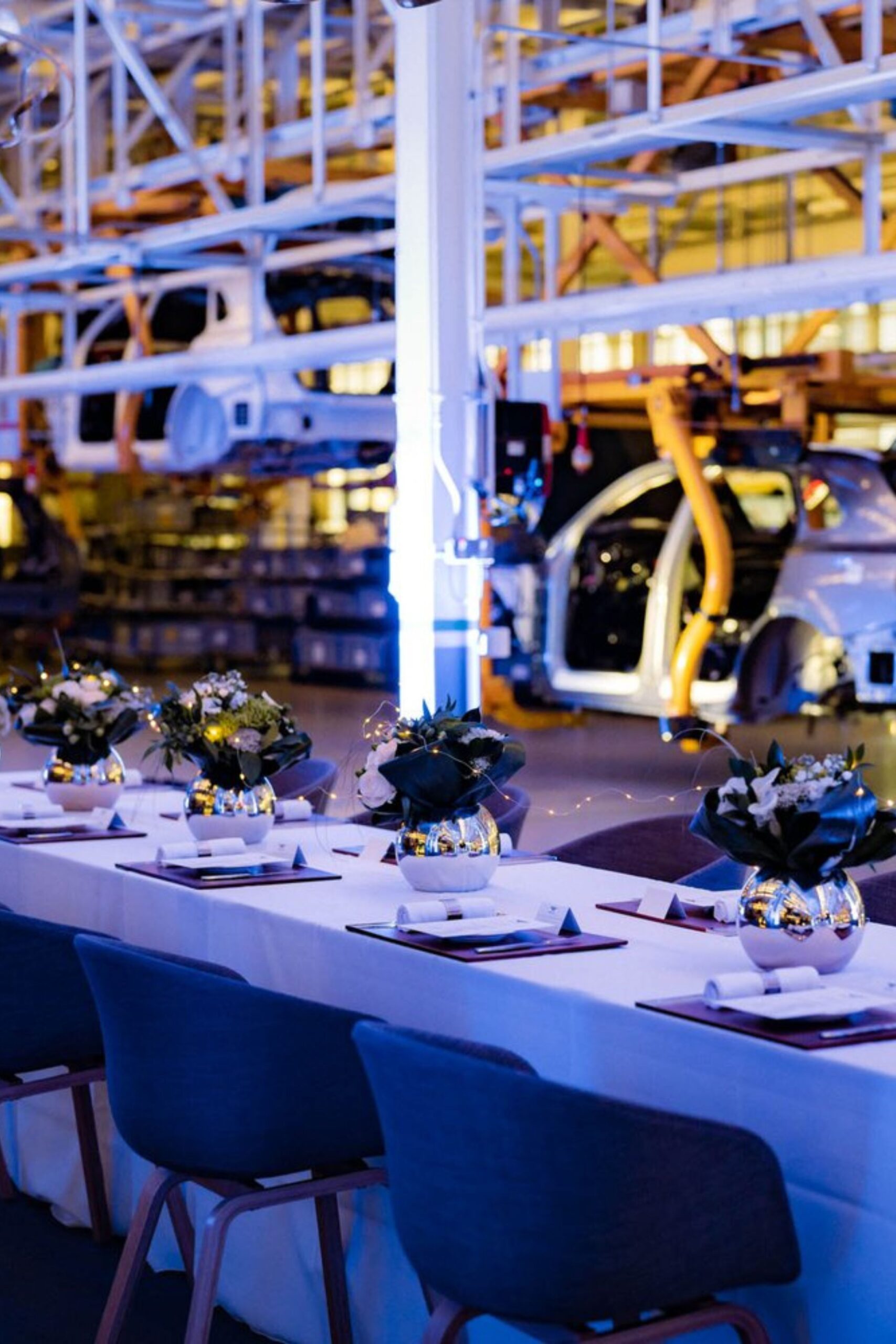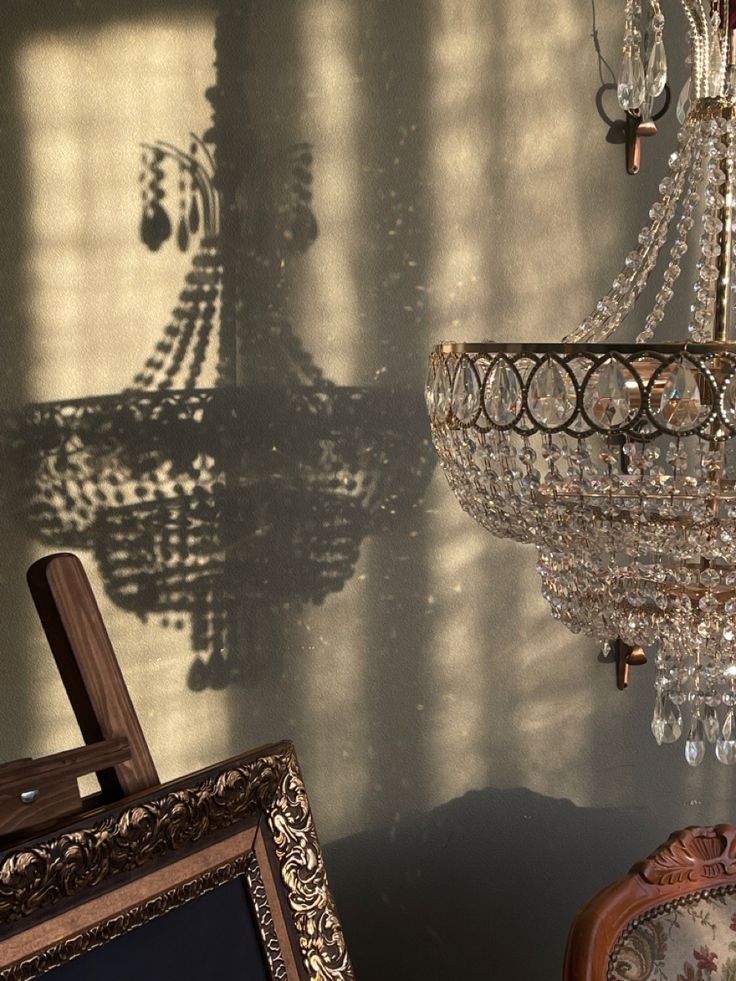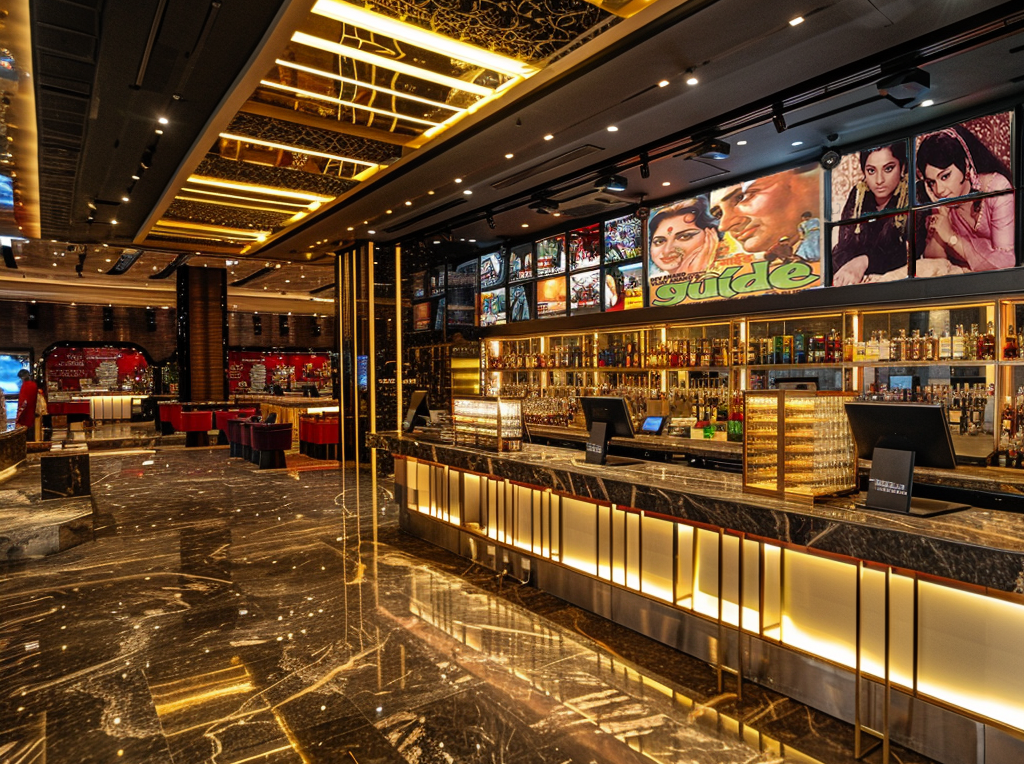For long, writer Agatha Christie has been an inspiration to many — and not typically for writers, but for readers, alike. Weaving words into a tale that intrigue, excite and particularly in her case, keep the mystery alive, is the foundation of what keeps consumers of stories enthralled at each page. Murder on the Orient Express by the famed writer, gives us not only a murder mystery that is oh-so-easy to come back to, but is also the birthplace of an iconic — and inhuman yet full of charisma — character, the Orient Express itself.
Opulence galore, the Orient Express may be a temporary vessel to murder victim and suspects, but it boasts a travel experience like no other. Luxury and train travel blend seamlessly to create a benchmark that is difficult to match up to — a fact Christie might be rather proud of. Since its inception, the Orient Express, and its very idea, has traversed spheres — from literature to reel — and its experience remains undeniable.
My fascination with the Orient Express — the symbol of luxurious train travel — is deeply rooted in my love for Christie’s work. The thought of a murder mystery unravelling within the opulent confines of this legendary train captivated my imagination. The Orient Express is more than just the epitome of luxurious travel; it is an institution, a symbol of elegance and adventure. And now, it enters a whole new realm.
The cross section of an Orient Express dining car, illustrated (1896)
The partnership between French hospitality group Accor, and LVMH represents a transformative alliance aimed at redefining the Orient Express experience. Since its inaugural journey in 1883, the Orient Express has been synonymous with refined and distinctive travel. Under Accor’s stewardship since 2022, the brand is poised for a renaissance — with ambitious plans for trains, hotels, and sailing ships that embody the extraordinary spirit of the Orient Express. This revival is heralded by the restoration of the historic train and the upcoming launch of the first Orient Express sailing ship in 2026. Complementing these ventures are new hotels set to open in Rome and Venice, further enriching the luxury travel landscape with the Orient Express’s signature elegance.
LVMH’s strategic investment in the Orient Express brand underscores a confluence of unparalleled expertise — it includes operational oversight of future hotels and trains, ownership stakes in two sailing ships, and a collaborative search for a third partner to elevate this venture to new heights. The first ship is currently under construction at Chantiers de l’Atlantique in France, marking the beginning of a new chapter for this storied brand.
Inculcating luxury in travel experiences is invaluable, and this is evident in the consumer choice, as well as industry trends. In the contemporary travel landscape, a significant majority of affluent travellers — over 80 per cent of those earning upwards of half a million dollars annually — express a keen interest in thrilling and adventurous experiences as part of their luxury journeys, according to Skift Research. Recognising this trend, luxury brands are increasingly focused on providing experiences that marry luxury with distinctiveness.
(L-R) Opulence aboard the Venice-Simplon Orient Express; the Orient Express Silenseas
Collaboration, whether in business or elsewhere, is a powerful tool. Straying away from competition, one is able to truly focus on what matters most — the value offering. The coming together of ideas is a wondrous phenomenon, where intellect meets creativity on far more planes than one. Particularly when two worlds — or in this case, industries — merge not just their resources, but also the idea of “What more can we do?”, brands receive endless possibilities of forming holistic bonds with their customers. LVMH has previously created a statement with the acquisition of Belmond, and now, continues the legacy with the undeniable Orient Express.
Such partnerships have grown to ascertain that new-found experiences that offer the unknown — the undone — will, at the least, pique the interest of not just consumers, but whole markets. For example, in 2013, Air France took the experience of business class flying one step further — in partnership with Michelin-starred chef Michel Roth, passengers on outbound flights from Paris were offered a fine-dining experience mid-air. And oftentimes, it is not the partnership between two brands that may make the difference, but the willingness of an organisation to venture into newer water. Late last year, Bentley Motors took on the challenge of making the most free-hand type of travel, road trips, luxurious. Through “Extraordinary Journeys”, the luxury vehicle brand’s exclusive travel series offered customers access to some of the finest food, design, and hospitality across destinations like New Mexico, Scandinavia and the UK.
Closer to home, and beyond the world of travel, designer Sabyasachi’s project of designing the uniform for students at the Rajkumari Ratnavati School stood outside the doors of a “strategic partnership” but weaves a story of what it means to expand beyond your core offering — the will to succeed at fresher responsibilities.
(L-R) A culinary experience by Bentley Motors for ‘Extraordinary Journeys’; Sabyasachi’s custom uniforms for students at the Rajkumari Ratnavati School
By contributing to the revival of this iconic brand, LVMH leverages its distinguished legacy of delivering high-quality products and services. This is exemplified by the renowned Venice Simplon-Orient-Express and five other Belmond-operated trains worldwide, each offering extraordinary travel experiences that reflect LVMH’s operational expertise and creative vision.
Travel knows no bounds of what is luxurious, and what is not — but with such partnerships, those bounds may not ever have to be defined.
Words by Anithya Balachandran and Meghna Mathew.


